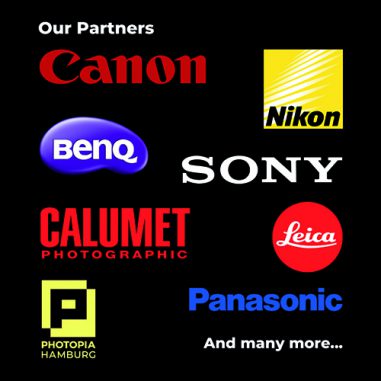Compared with the EOS 100D, which employs Hybrid CMOS AF II, the EOS 70D, the first camera to feature the new AF technology, not only achieves an approximately 30% faster focusing speed but also delivers improved Movie Servo AF tracking for continuously smooth focusing during movie shooting, even when filming quickly moving subjects.
Because the outstanding AF performance of Dual Pixel CMOS AF is made possible with 103 models of EF lenses (including earlier models and models available outside of Japan), users can enjoy a wide range of photographic endeavors enabled through various lenses.
Recognizing great potential for the application of this technology across diverse product categories, Canon aims to promote its development efforts in the field of AF technology, targeting further advances to contribute to expanding the world of photographic expression.
With phase-difference AF, the light entering through the photographic lens is divided into two images and the difference in the focus point position between the two images formed on the dedicated AF sensor is measured, enabling the camera to determine the direction and amount of lens adjustment required to obtain proper focus. Because phase-difference AF enables fast focusing performance compared with contrast AF, the technology is widely employed in digital SLR cameras, mainly for viewfinder shooting.
While Dual Pixel CMOS AF makes possible phase-difference AF on the image sensor plane employing the same principle as with a dedicated AF sensor, an imaging sensor capable of outputting a phase-difference AF signal was developed that enables image-plane phase-difference detection AF through to the achievement of final focus.






